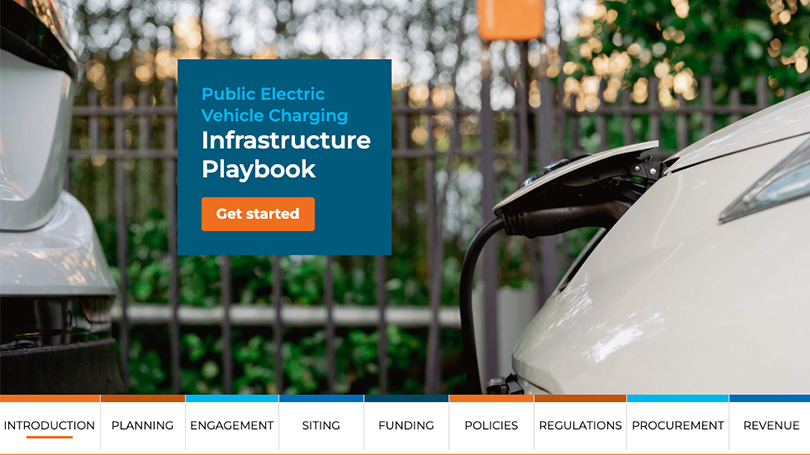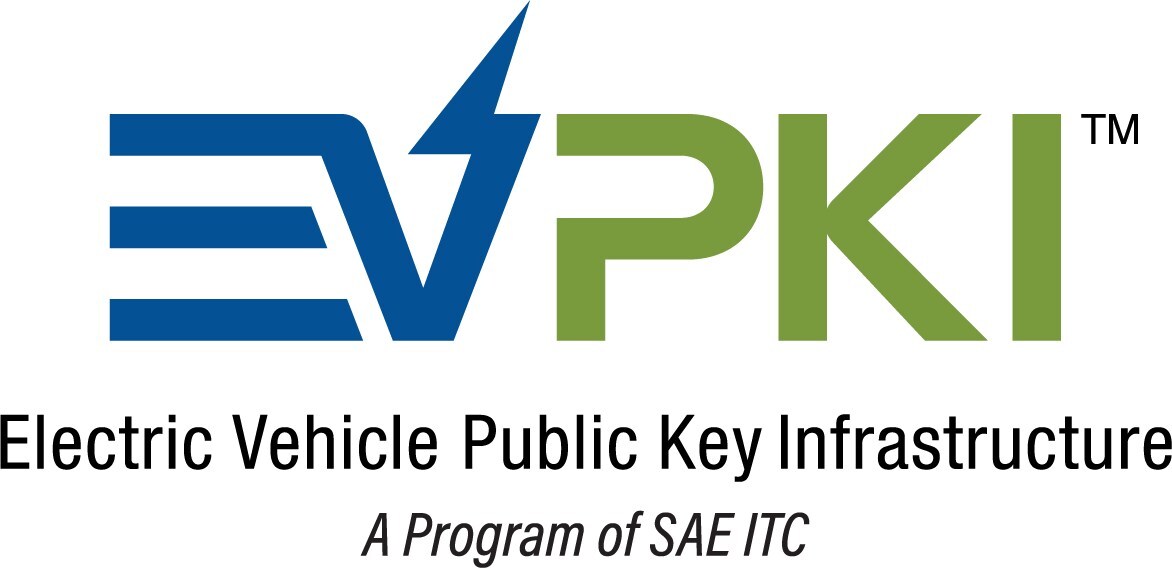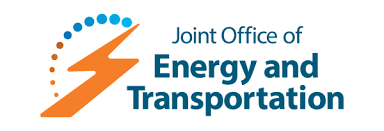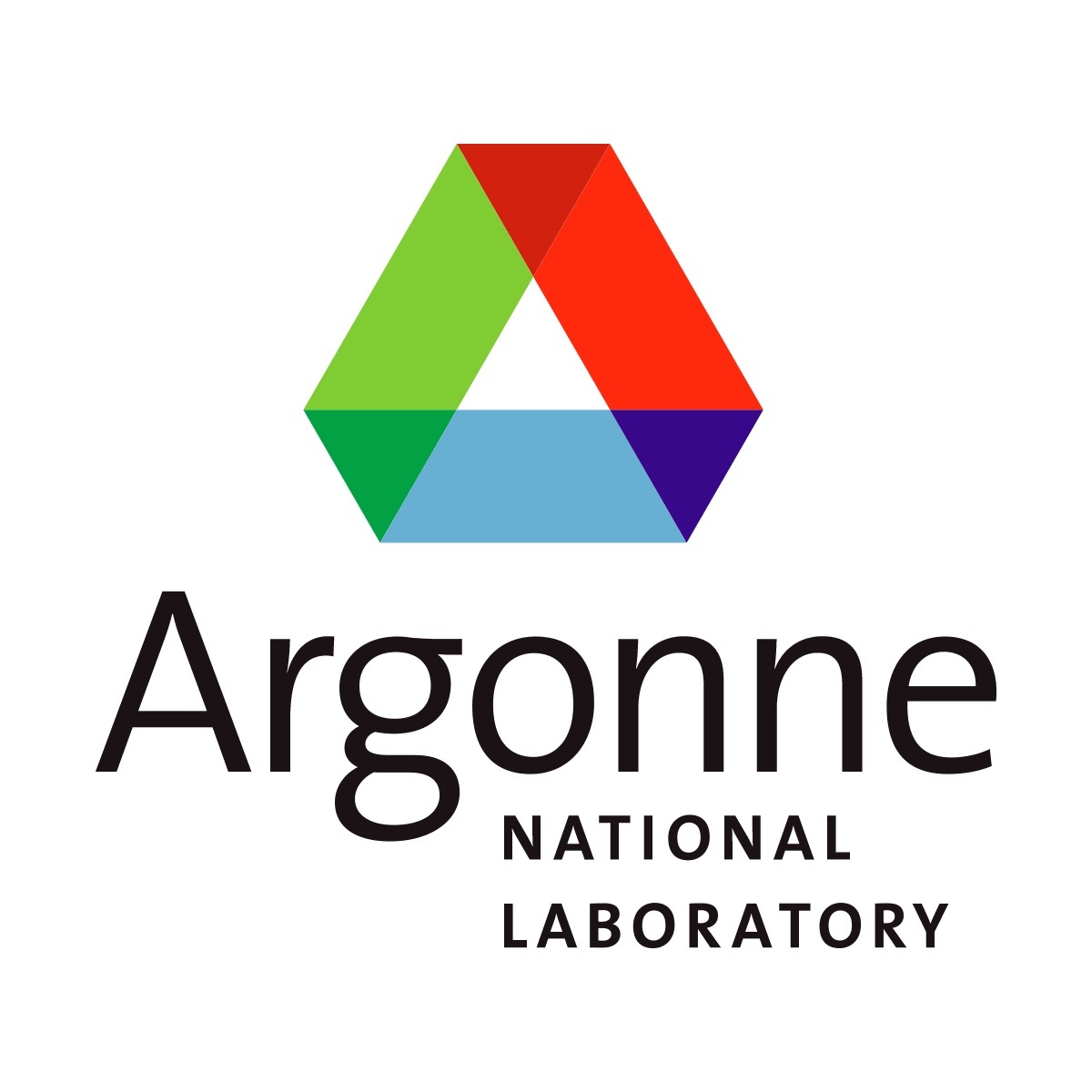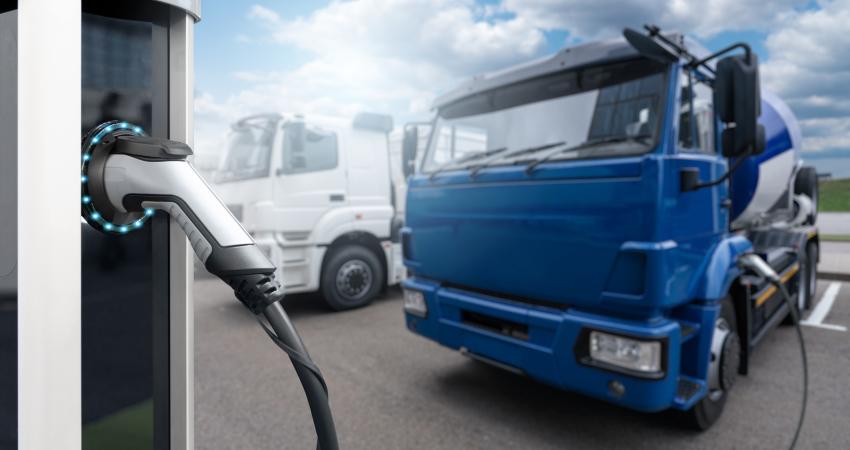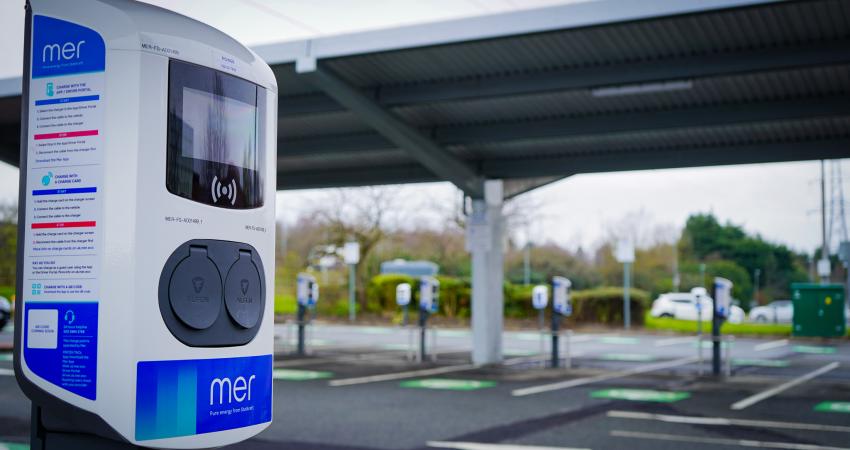The playbook is designed to provide interactive resources to help communities plan and build the infrastructure needed to support a zero-emission transportation system.
The Joint Office says communities, planning organizations, local and state governments, tribal nations, and other decision makers can use the publication to navigate key considerations for planning and deploying EV infrastructure. The modules include guiding questions, videos, worksheets, and additional resources to drive local progress. Modules can be followed in the order presented or used as stand-alone resources to help with specific priorities.
The new guide, developed by 38 ChargeX private sector member organizations as well as national labs researchers from Argonne National Laboratory, Idaho National Laboratory, and National Renewable Energy Laboratory, aims to give the EV industry a jumpstart in putting consistent KPIs into practice. It describes how individual and unique messages sent through Open Charge Point Protocol sessions and/or transactions are used to calculate the interim set of KPIs. These KPIs were identified because they can be implemented in the near-term and include charge start success (%), charge start time (seconds), charge end success (%), and session success (%).
As of January 2025, this research area—consistently defining the charging experience—has transitioned from the ChargeX Consortium working group to SAE International for continued advancement. SAE will further this research through a new cross-industry working group of private and public sector organizations.
“The EV industry knows customers are expecting a seamless charging experience, and I’m proud to see industry players and researchers come together on exactly this cause,” said Jacob Mathews, acting Standards and Reliability Program Manager, Joint Office of Energy and Transportation. “This toolkit takes data-backed research and makes it operational, moving from ideas into the practical.”
The Joint Office convenes private and public stakeholders across the EV industry to create a more connected, reliable charging ecosystem. Recent examples include:
Tech-enabled approach to automating the charging retry process: Research from the ChargeX Consortium demonstrated a way to automatically restart a charging session called “seamless retry,” taking the troubleshooting work off of the consumer.
Common framework enabling Universal Plug & Charge from SAE ITC and its Electric Vehicle Public Key Infrastructure (EVPKI) Consortium: Framework enables vehicles, chargers, and charging stations to speak the same language for the first time.
Research-based recommendations for improving adapter safety: The report shares findings from a Failure Mode and Effects Analysis conducted by the ChargeX Consortium that helps identify gaps in adapters’ performance and adherence to common safety requirements.
Unified communication protocols for electric mobility with EVerest open-source software tools: Via a partnership with Linux Foundation Energy, the Joint Office is working to enable an interoperable foundation for EV charging innovation.
“This research toward defining the EV charging experience is a prime example of unprecedented private and public sector collaboration—dozens of companies representing charging station operators, charger manufacturers, EV original equipment manufacturers, third-party map and payment app developers, and field service providers all contributed,” said Gabe Klein, executive director, Joint Office of Energy and Transportation. “One of the primary goals is to help systems speak a common language to unlock improvements in the charging process and we are looking forward to seeing the work continue with SAE International’s leadership.”




